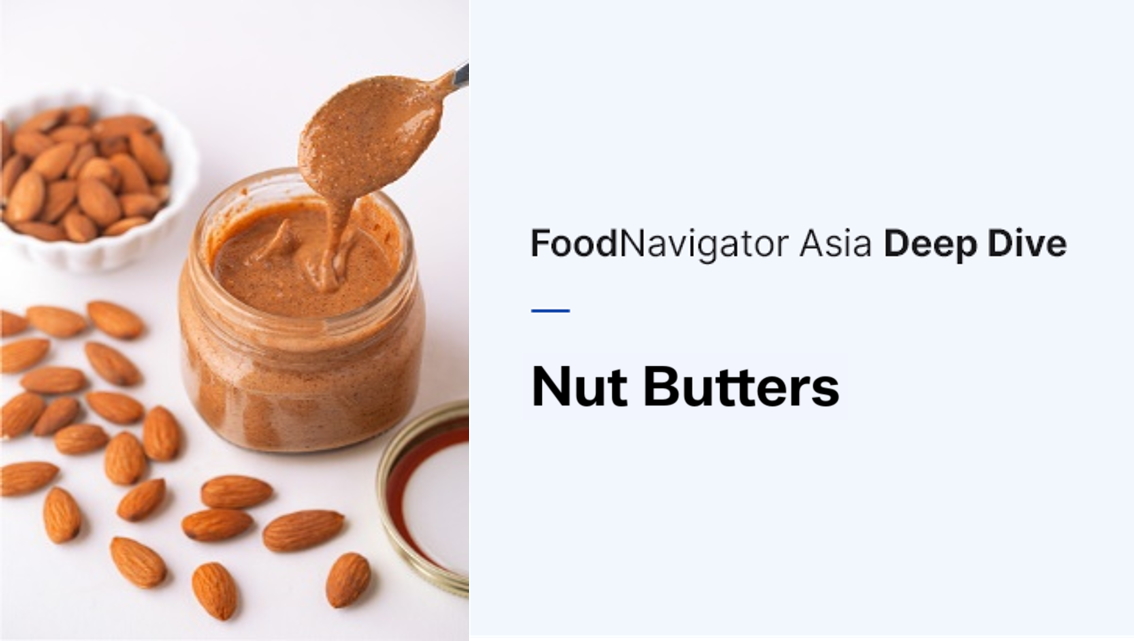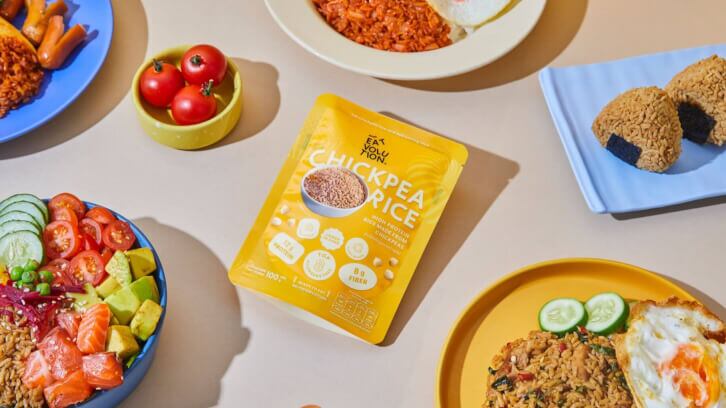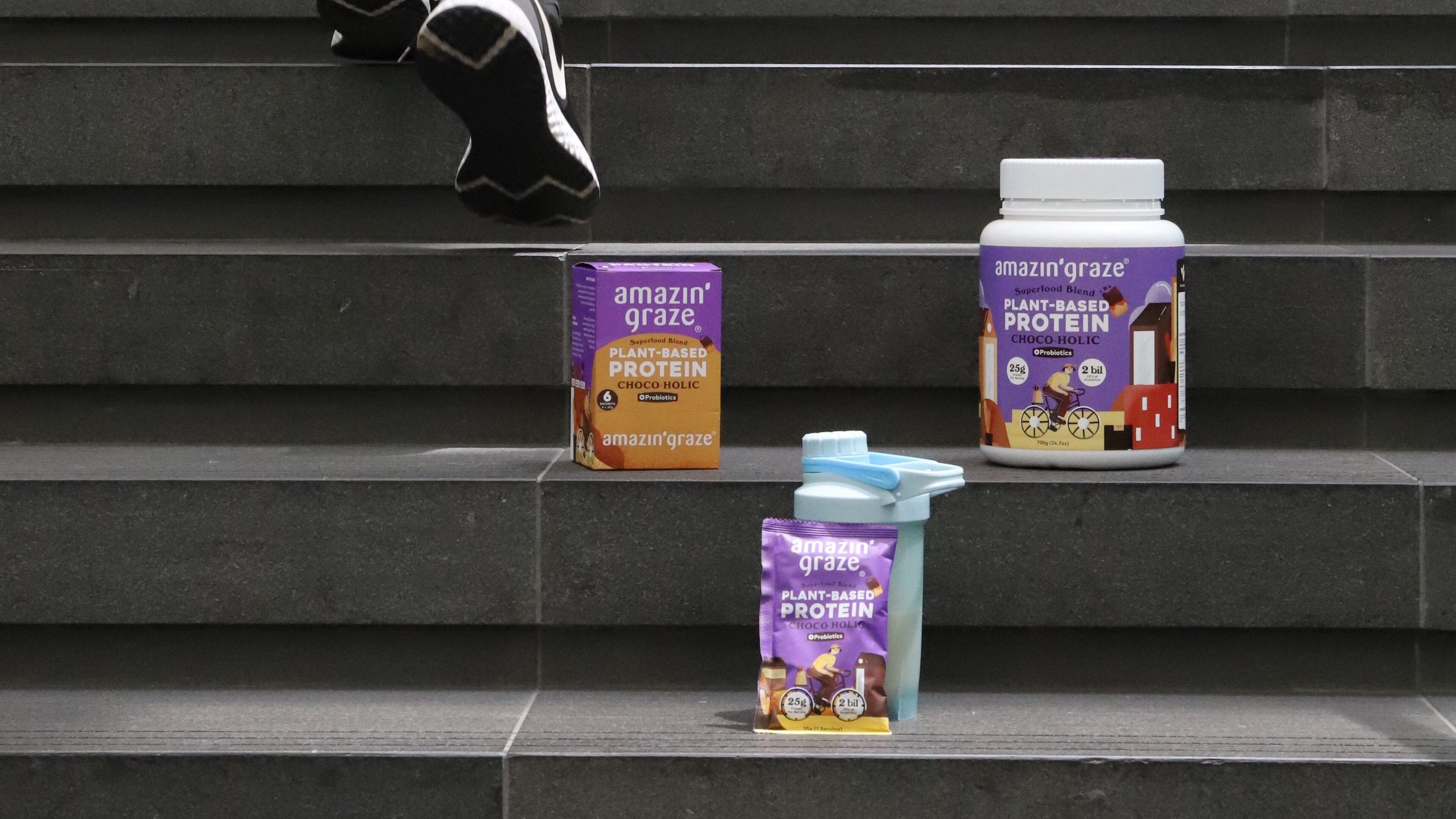In this edition of the FNA Deep Dive, we take a closer look at the nut butter industry in APAC and current limitations to its growth, as well as major driving trends and opportunities to potentially push this to new heights.
Although peanut butter is no doubt a very familiar product to consumers across the region, the it is still usually spread on toast or a consumed as a protein boost – which also means that the sector’s space for growth is largely limited to either the breakfast or fitness snack markets.
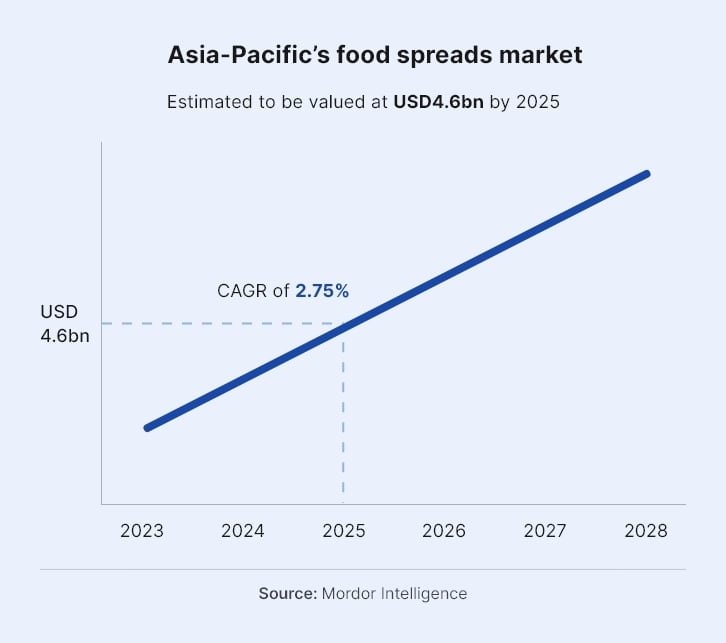
This is a major reason that APAC’s nut butter scene is pretty far behind that of Western markets, according to nut butter specialist firm EATNUF Founder Nelson Chong.
“The APAC nut butter market is a good five to 10 years behind markets such as the United States, and this has a lot to do with local diets,” he told FoodNavigator-Asia.
“Here it is really quite limited to being a spread on bread and most new innovations even when it comes to flavours and formats tend to focus here as that is what is most familiar, with the most recent trend perhaps being nut butters as a pre or post workout snack for the protein.
“But in the west, nut butters are present all throughout the day, from breakfast, to a peanut butter and jelly sandwich as lunch, to nut butter on apple or banana as a workout snack, to nut butter being used as marinade or dipping sauce for chicken for dinner – there is just much more engagement with the category that can be found overall.
“This is why I am constantly trying to get consumers to step out of their comfort zones, whether it means adding nut butter to overnight oats for an added nutty flavour, to using it as a filling in fried foods as a snack, to using it in desserts and so on – many of them are simply shocked when such options are suggested, so it will definitely take some time to catch on.”
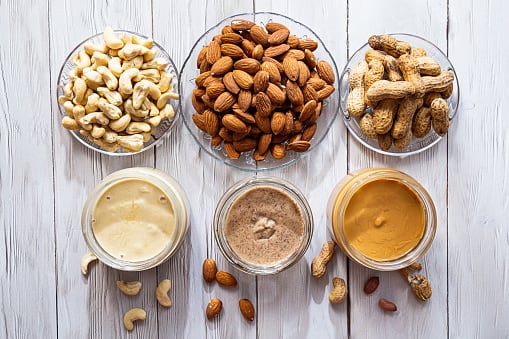
Fortunately for the industry, Chong said that there is a faster way to help hasten the development and growth of nut butters here by working with B2B in terms of application innovation, which has seen immense popularity over the past year.
“Our new pistachio butter was recently launched in large 2kg packaging to cater to demands from the B2B side as there are many chefs and product innovators finding this to be increasingly trending and popular when used in sauces for meat dishes and in desserts – which in turn shows that there is actually real demand amongst consumers, it’s just that the connection has not been made yet,” he said.
“Our target is very much mass market and not just the premium or fitness-only consumers – and this calls for considerations both in terms of flavour and pricing, which we have done by increasing the intensity of nut flavour by roasting for longer and also steering our pricing strategies towards mass market acceptability.
“Basically the message is that nut butters are more than just a spread and there are so many wonderful, nutritious applications for it that can be utilised in this region, as long as consumers are willing to step out of their comfort zones.”
Watch the video below to find out more from EATNUF.
Affordability is clearly a theme that is resonating all throughout the region, as this is similar across the ocean in New Zealand where local nut butter firm Forty Thieves has noticed a rise in demand for sweeter spreads at the expense of healthier ones, likely in consideration of costs.
“We saw consumers looking back towards sweet spreads again [in the past year], and feel that this might partly be because of the cost-of-living crisis,” Forty Thieves Co-owner and Marketing Director Shyr Godfrey told us.
“In times of hardship it is not unusual for consumers to move back to what they know and what’s more affordable, [so] although there was definitely a health trend previously we’ve seen it dropping a little bit in the last year.
“We still feel we can do better and are making products healthier on average, which may be sweet but still contain a much higher proportion of nuts - Our Chocolate Fudge Butter is 3 times the nuts of say the likes of big brands like Nutella.
“Basically we're still finding our place in the middle of offering what people are looking for, but making sure that it still adheres to our health-focused values.”
Health and wellness still a major trend
That is not to say that health and wellness has vanished off the map, however – one of the region’s most successful nut butter and granola brands Amazin’ Graze believes that this trend still bears strongly on consumer purchasing decisions today, especially with awareness on the rise.
“Health and wellness considerations such as low/no-salt and low/no-sugar options, remain paramount in consumers' minds when making purchase decisions,” Amazin’ Graze Brand Executive Alishea Sunil told us.
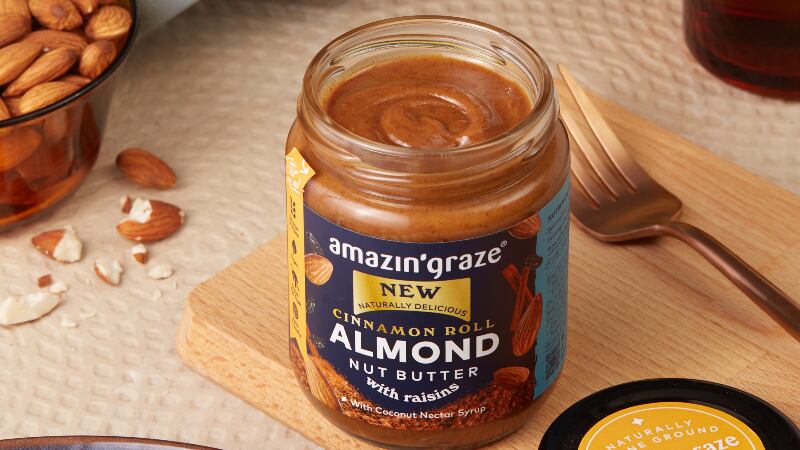
“Our insights from market research and workshops have consistently continued to indicate this preference, [and] one of the most prominent trends currently shaping the nut butter market is the increasing demand for products made from 100% pure premium ingredients.
“This is driven by consumers becoming more discerning and health-conscious, seeking out nut butters that offer not only great taste but also high quality and nutritional value.”
Indeed, many firms in the region continue to prioritise healthier low-or-no salt or sugar as major selling points for their products.
“In the current market landscape, one of our key challenges lies in differentiating Amazin’ Graze from other health-focused brands,” Sunil added.
“With the growing awareness of consumers' priorities for health and wellness, the competition has increased, [so] our marketing strategy has evolved over time to emphasise the authentic, natural qualities of our products, ensuring that we stand out in a crowded market.”
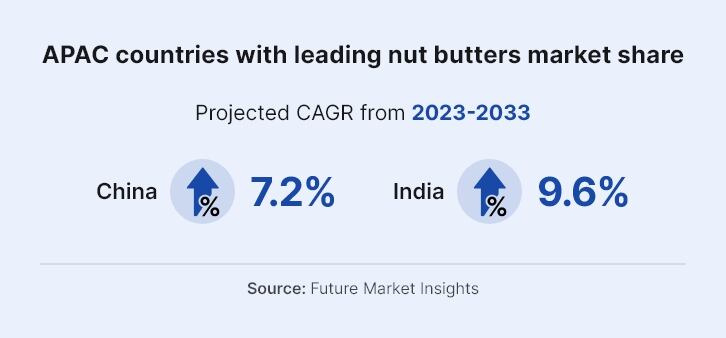
One of the world’s largest peanut butter brands Skippy has also invested in differentiating itself from the competition by targeting the growing vegan and vegetarian consumer market with specific certification by the Vegan Awareness Foundation to do so.
“We're proud to be the only vegan-certified peanut butter that's as delicious and widely available as Skippy," said Sarah Johnson, director of Nut Butters Marketing for Skippy parent brand Hormel Foods.

“Our portfolio of vegan-certified products includes both creamy and Super Chunk peanut butter in regular and natural varieties, as well as squeeze packs and no-sugar-added peanut butter spreads.
"Peanut butter is well regarded as a protein source for vegetarians, and now those adhering to a vegan diet can choose the Skippy brand too."
This certification is currently mainly applicable to Skippy peanut butter imported into the APAC region from the brand’s United States factories, which underwent the screening process.
The firm is also keen to push for peanut butter to be utilised in more consumption occasions in this region – its social media targeted at the Malaysian consumer market lists recipes for peanut butter to be used in sauces, smoothies, dips and more.
Nut and flavour popularity
In terms of the popularity of specific items, conventional peanut butter still clearly rules the roost although more recognition has emerged for various other types of nuts.
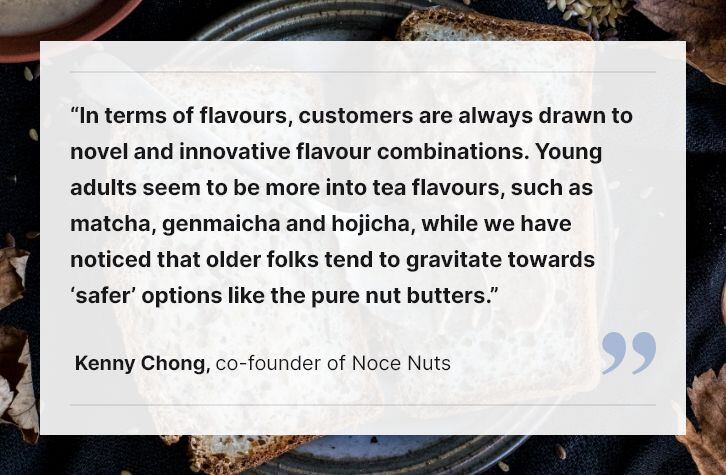
“Almonds are one of the most popular here probably due to many consumers being familiar with these, and pistachios are also emerging in terms of demand,” Nelson said.
“Then interestingly there’s also black sesame and tahini – the local market has been ready for black sesame for quite a while because it’s pretty common in Asian desserts, but the sesame butter format is a bit more unusual here.
“Cashews are one of those nuts you would expect to be very popular but unfortunately natural cashews are a lot lighter and less intense in flavour compared to many of the other nuts so it doesn't pick up so well in this part of the world, though it's actually popular in China for the sweetness and natural creaminess.”
Newcomer to the scene Noce Nuts believes that novel and innovative flavour combinations are the way to go in APAC, particularly when targeting younger consumers.
“Young adults seem to favour tea-based flavours such as matcha, genmaicha or hojicha, while we’ve noticed that older folk tend to gravitate towards ‘safer’ options which are the pure nut butters,” Noce Nuts Co-Founder Kenny Chong told us.
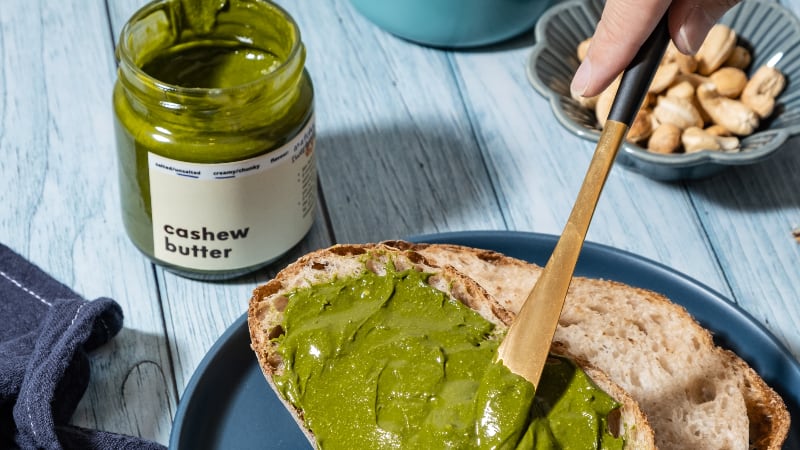
“We also offer a high degree of customisability when it comes to salt and sugar content, so are able to cater to consumers even if they have stricter preferences – though we still place emphasis on these salted or sweetened options are not being excessively indulgent.”
Godfrey concurred, highlighting that the brand’s ‘combination’ butters such as ‘Superfoods’ with chocolate, nuts and seeds or macadamia with maple syrup rank high on their best-seller list after conventional peanut butter.
“Our online sales numbers have shown that peanut butter is still number one, but numbers two, three and four are all combination butters,” she said.
“The trend in Asia is looking such that expats are buying the peanut butter, but more locals are interested in our speciality butters - They probably want to try something unique and different, and they love that they are exported from New Zealand.
“As for plain old peanut butter, its popularity continues as people are accustomed to it and just know what to do with it.”
Amazin’ Graze has found consumer preferences in this region to be somewhat dynamic, with a lot of searching for novelty whilst conventional options remain an important staple of sorts.
“Consumer preferences for nut butter flavours are continuing to evolve, and what we can do is to actively responding to these trends based on exactly learnings from market insights and past launches,” Sunil said.
“While classic flavors like chocolate remain popular, we also introduce seasonal or limited-time flavours that resonate with consumers [as that novelty] is very important.”
Industry outlook
Moving forward, most brands believe that there is very large scope for the nut butters industry to develop to a point where it is not just peanut butter that is considered ‘mainstream’, and for this mainstream-ness to expand beyond its current breakfast and healthy snacking realm.
“There is an increased consumer awareness regarding the variety and benefits of nut butters beyond the conventional peanut butter,” Kenny added.
“We do anticipate a steady growth in demand of nut butters, given its reputation as a rich source of healthy fats and proteins [and] with consumers becoming increasingly knowledgeable.”
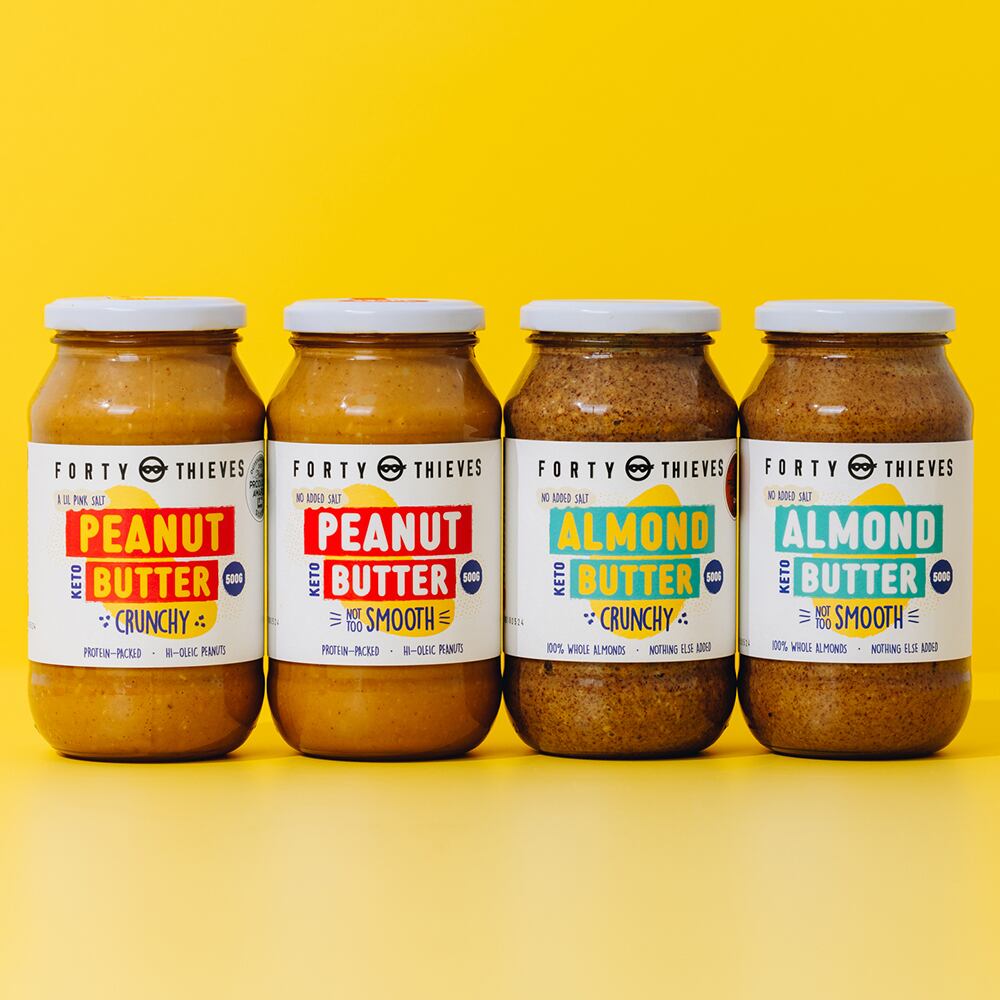
That said, due to rising cost concerns, it is likely that rapid expansion is not on the books for a lot of nut butter brands - Forty Thieves for example exports its nut butters beyond New Zealand to markets such as Singapore, Malaysia and Taiwan which is considers its key Asian targets, but does not have short terms plans for the region just yet.
“On the one hand, exports are a really great opportunity because you unlock a whole new customer base and you have different competitors, you might have a product that’s more unique overseas than it is locally,” Godfrey said.
“But in terms of balance, if you think of it as like an equilibrium or like a triangle, when you adjust one aspect all the rest are affected – so if it gets too healthy, then maybe the flavour isn't as good; or if you reduce the price too much then it might affect the healthiness or the flavour - So it’s really about trying to keep that triangle balanced as much as possible.
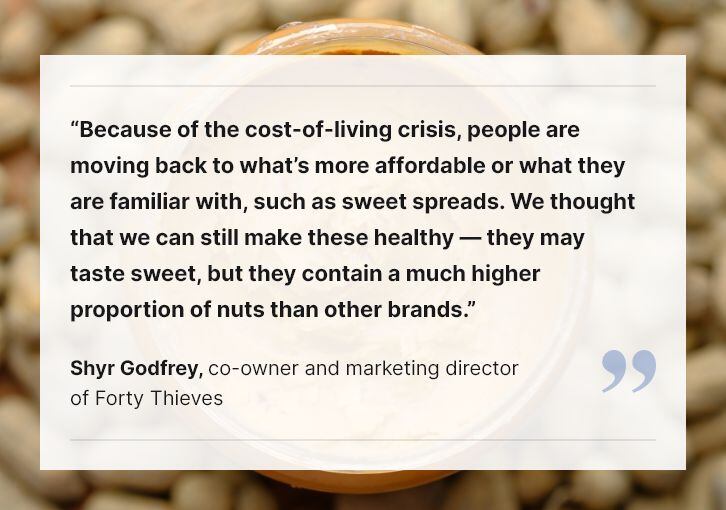
“And I think because of the cost-of-living crisis in New Zealand and globally, consumers are spending differently, which is a huge factor for us as in the past, we've been able to produce products where the price was not part of the decision-making such a hazelnut butter that was mostly hazelnuts with some chocolate that was quite expensive as hazelnuts are really expensive - but after COVID, we saw a decline in those more premium spreads.
“So we definitely see a lot of growth potential with exports, but at the same time, we don’t want to spread ourselves too thin as we want to make sure that each market that we go into, we’re going in with the best possible products.”

